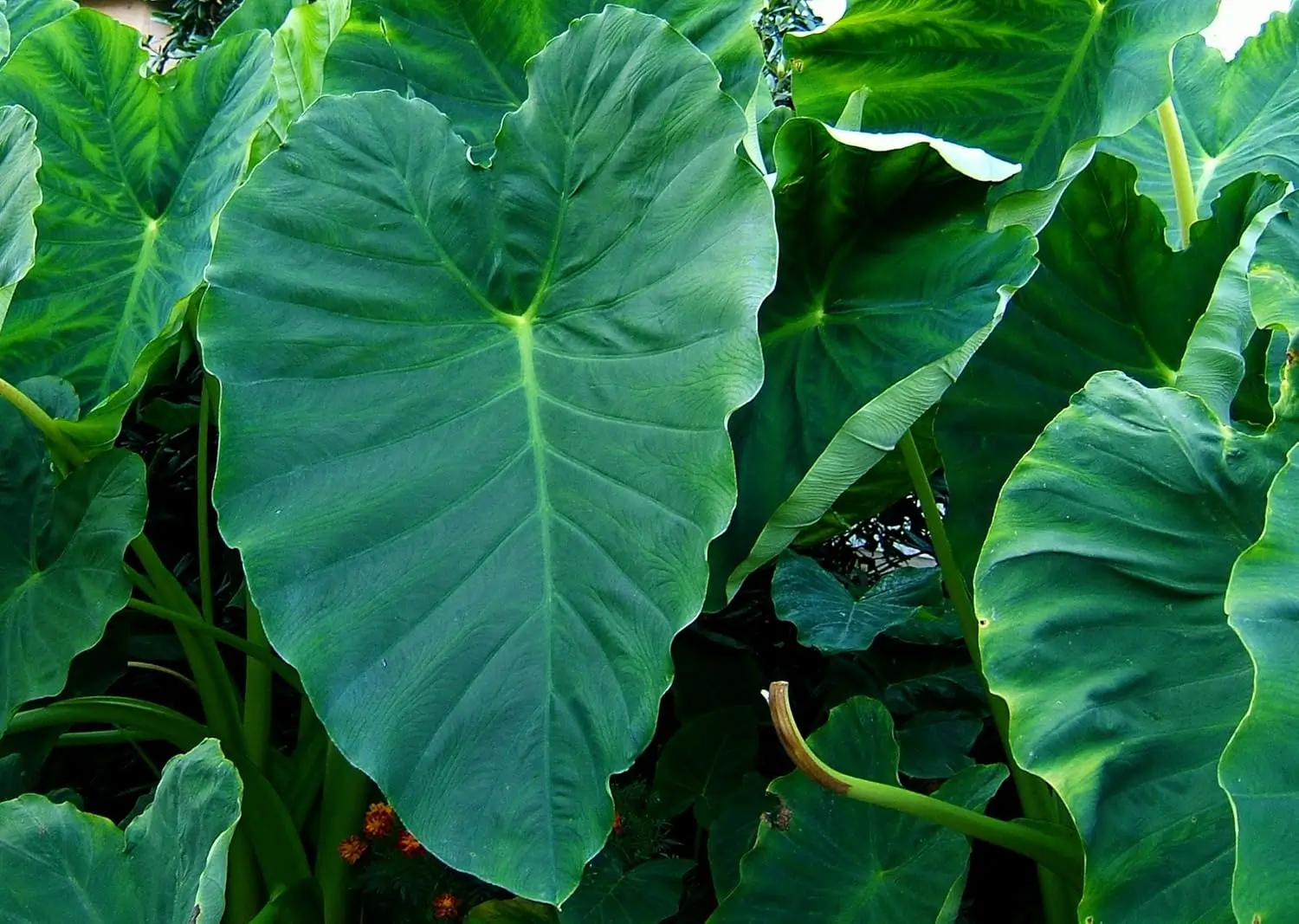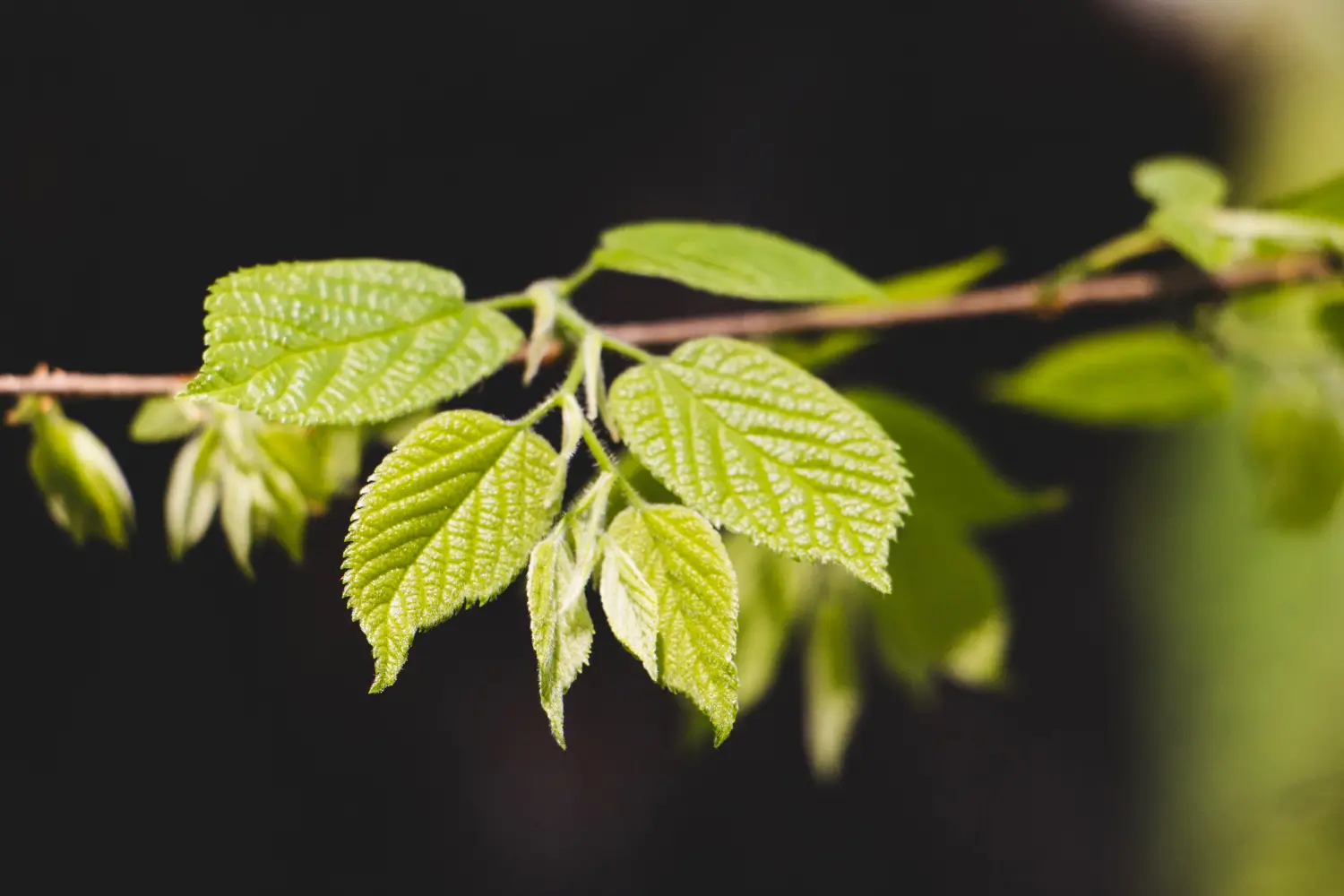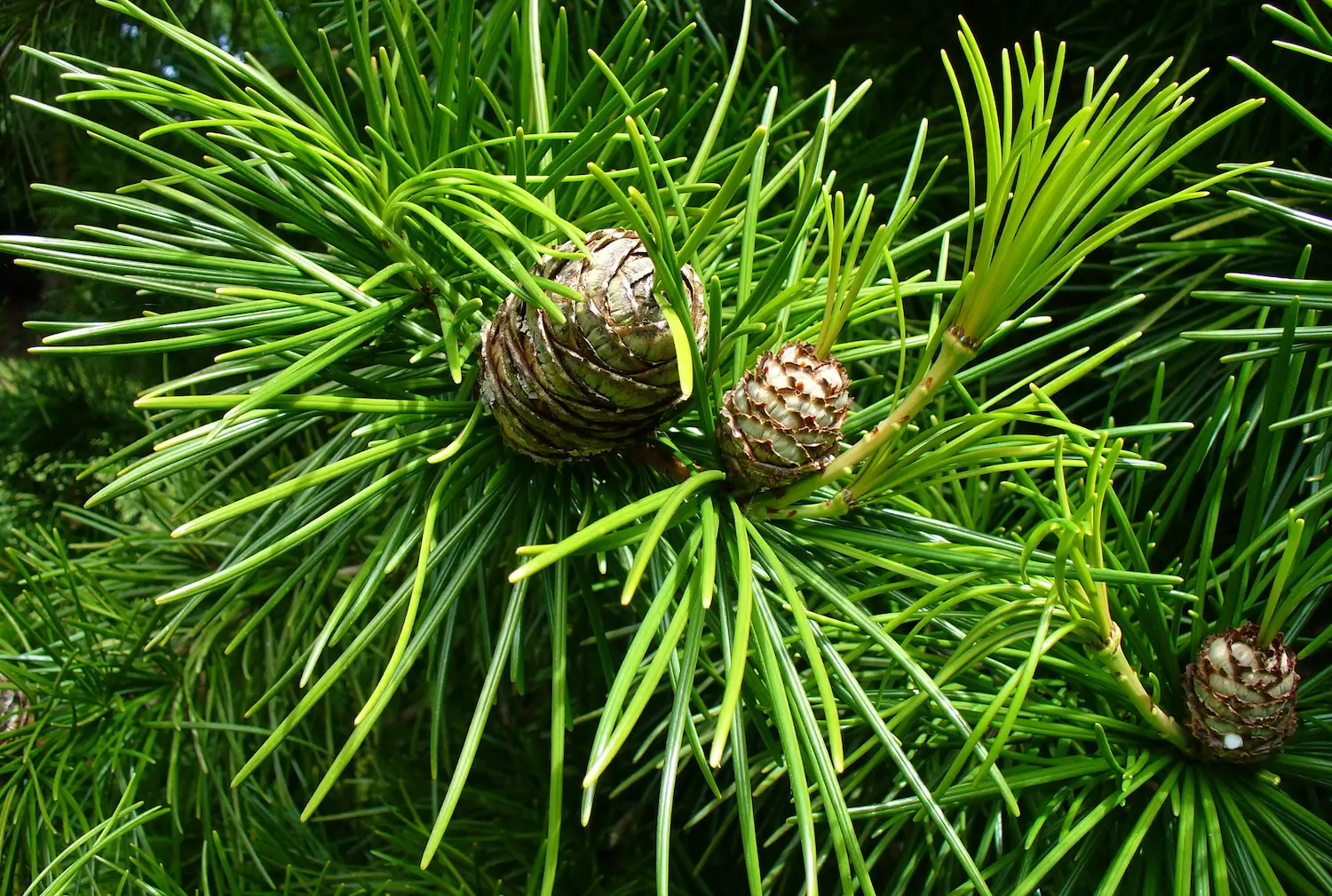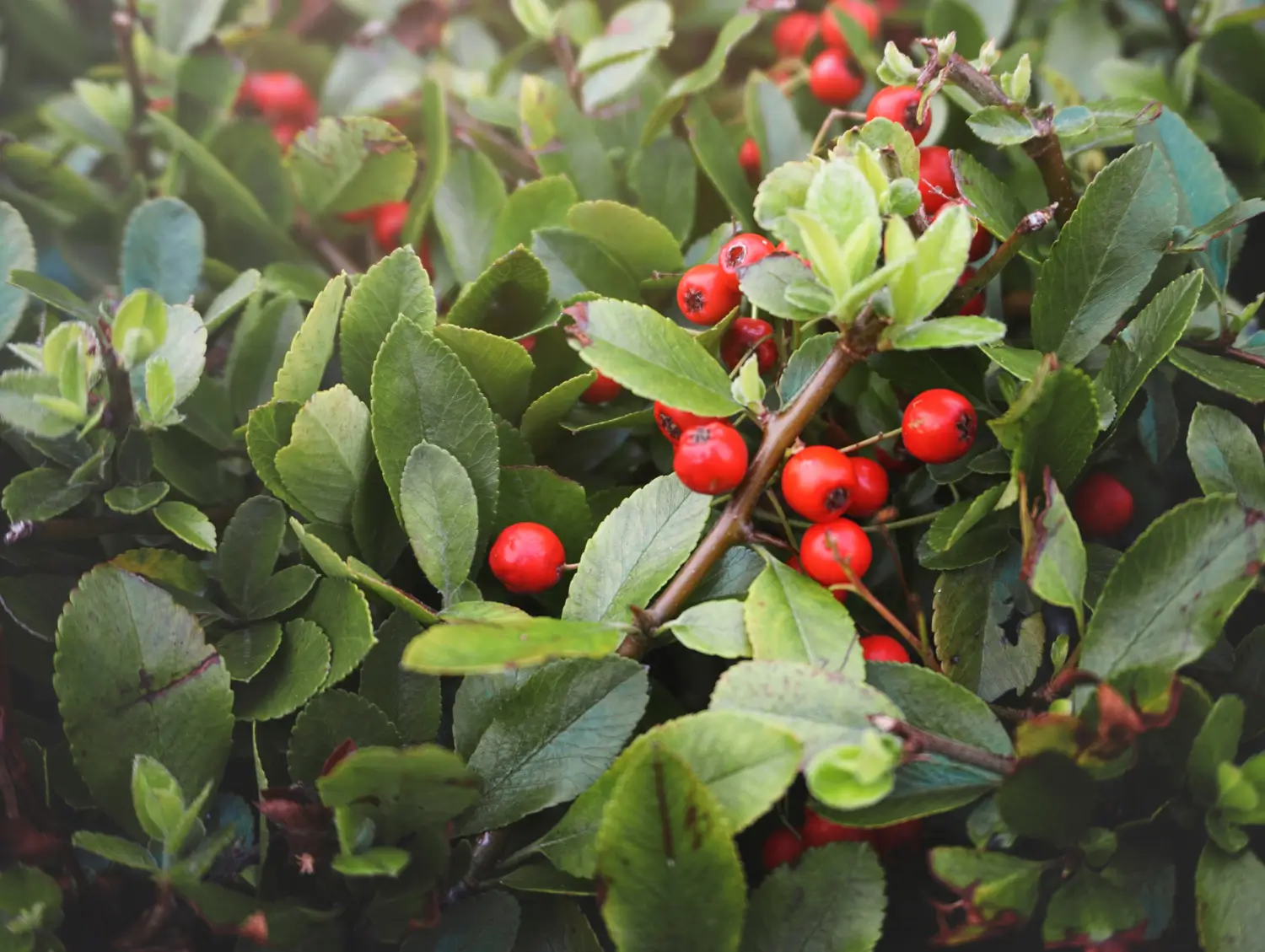
Soil Health & Fertilization
We unite suppliers and green industry professionals worldwide
Bahia Grass (Paspalum notatum) is an example of a plant that grows with not much work but yields an attractive, green lawn with superior durability.
By Mariam Scott
|Published on June 16, 2025
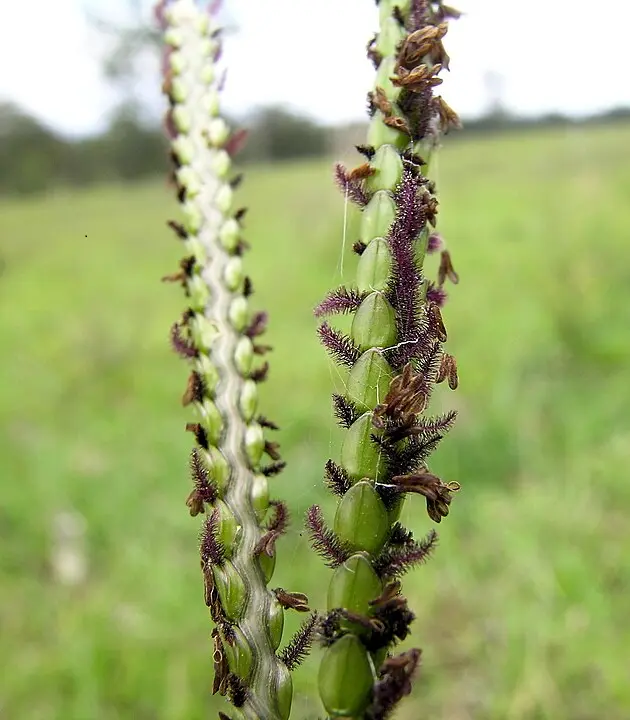

“A lawn is a reflection of your attention to simple things.“
Bahia Grass (Paspalum notatum) is an example of a plant that grows with not much work but yields an attractive, green lawn with superior durability. With great tolerability to heat, drought, and poor soil conditions, Bahia Grass is an attractive option for homeowners looking for a durable, low maintenance turfgrass. Whether your needs are to upgrade your lawn, stabilize a micro-landscape, or just appreciate a tough variety of turf grass, Bahia Grass can out-sustain nearly every grass in the vicinity.
Bahia Grass, on the other hand, is hardy. Where many other grasses falter in dry, hot climates, Bahia flourishes, needing little water, fertilizer or pesticide. It is favored for landscaping and roadside plantings throughout much of the southern United States and elsewhere for its ability to grow in sandy or poor soils.
| Common Name | Bahia Grass |
| Botanical Name | Paspalum notatum |
| Height | 12–24 inches |
| Light Requirements | Full sun to partial shade |
| Soil Requirements | Sandy or loamy, well-drained soil |
| Watering Requirements | Low to moderate; drought-tolerant once established |
| Hardiness Zones | USDA 7–10 |
| Bloom Time | Late Summer |

September 25, 2025
9 minute read
September 24, 2025
9 minute read
September 23, 2025
10 minute read
September 22, 2025
9 minute read


Join as a seller and connect with thousands of B2B buyers nationwide!
Sign Up
Bahia Grass is one of the easiest plants to grow, but it will thrive only when grown under the proper conditions. It loves full sun but does good in partial shade, particularly in hotter climate zones. It grows and colors better in sunlight. Bahia is very forgiving about the soil and will tolerate sandy, loamy or even mildly acid soils.
Tolerant of bad soils but needs to be well drained to avoid water logging. Because of its deep roots this is drought-tolerant grass but does require regular watering during its growing season. Once established, it can live on little water, making it good for dry parts or for water-saving green thumbs.
Bahai Grass prefers full sun, however can tolerate partial shade, especially in very hot climates. The more sun, the better the color and growth rate. A lack of sunlight may cause thinning or weak growth.
It does best in well-draining sandy or loamy soil. It will grow in poorer soil, but not wet or compacted soil. Somewhat acidic to neutral soil (5.5 to 7.0) is preferred.
Bahia is drought-tolerant because of its deep root system, but you will need to water it regularly when establishing and during periods of extended drought. Water deeply but less frequently; the soil should dry between waterings to avoid root rot.
You don't need to prune Bahia Grass very often, but some trimming is always good to keep it in shape and improve its appearance. Prune spent blooms or any overgrown spots to promote new growth. Although they don’t need to be pruned regularly (which can also be detrimental), once or twice a year, in late winter or early spring, before a new round of growth starts, will help keep them neat. If you cut the grass with a lawn mower or string trimmer, don’t do it too close to the ground: slightly taller grass increases their drought tolerance.
You can propagate Bahia Grass through seeds or division:
Bahia Grass is primarily grown on the ground, but can be grown in containers with the right care.
Bahia Grass is suitable for USDA 7-10 and will survive mild winters, but may suffer during severe freezing. In cooler climates, where temperatures frequently dip below freezing, it should be treated as an annual, or planted anew each year. In moderate climates, it typically overwinters outdoors with little protection but can benefit from a mulch around the grass’s base to protect the roots against cold snaps.
Bahia Grass is cultivated mainly for what is termed as leaf blade, but the grass does produce a flowering head comprised of fluffy, light-colored flowers, during late summer. The flowers themselves are not especially decorative but can attract beneficial pollinators such as bees and butterflies. Flowers bloom till late summer, and flowers eventually, become seeds for the next planting season.
Bahia Grass is usually low maintenance, but there are some problems to look out for:
Bahia Grass is a tough, low-maintenance choice for homeowners who want an attractive, durable ground cover that thrives under hassle-free conditions. With its extensive root system, low maintenance requirements, and insect and pest resistance, it is an ideal selection for home or commercial landscapes.
Whether you need it for erosion control or lawn coverage, or simply want turfgrass that doesn’t demand constant upkeep, Bahia Grass is a tough grass that can solve your problems! With a little bit of love and attention to light, soil and watering needs, the hardy grass can provide year after year of long-lasting greenery.
Yes, Bahia Grass can be grown in pots, but will need a good-sized pot with good drainage to accommodate its deep root system. This little, low-care grass type is best in small places.
Bahia Grass is drought-resistant, but it should be watered for the best results through the growing season. After it is established it can tolerate long dry periods, but needs to be watered regularly during its initial growth stage.
Bahia Grass is relatively low-maintenance in terms of fertilization. Only fertilize if soil is depleted, and avoid over-fertilizing as this causes more vegetative growth and a weak root mass.

Soil Health & Fertilization
Victor Miller

Pest Identification & Prevention
Victor Miller

Lawn Care Tips & Maintenance
Victor Miller

Soil Health & Fertilization
Victor Miller

Smart Irrigation Systems
Victor Miller

Patios, Walkways & Driveways
Victor Miller

Soil Health & Fertilization
Victor Miller

Pest Identification & Prevention
Victor Miller
My Account
Our team is always here to help.
We are open Monday - Friday, 9:00 AM to 4:30 PM PST.
